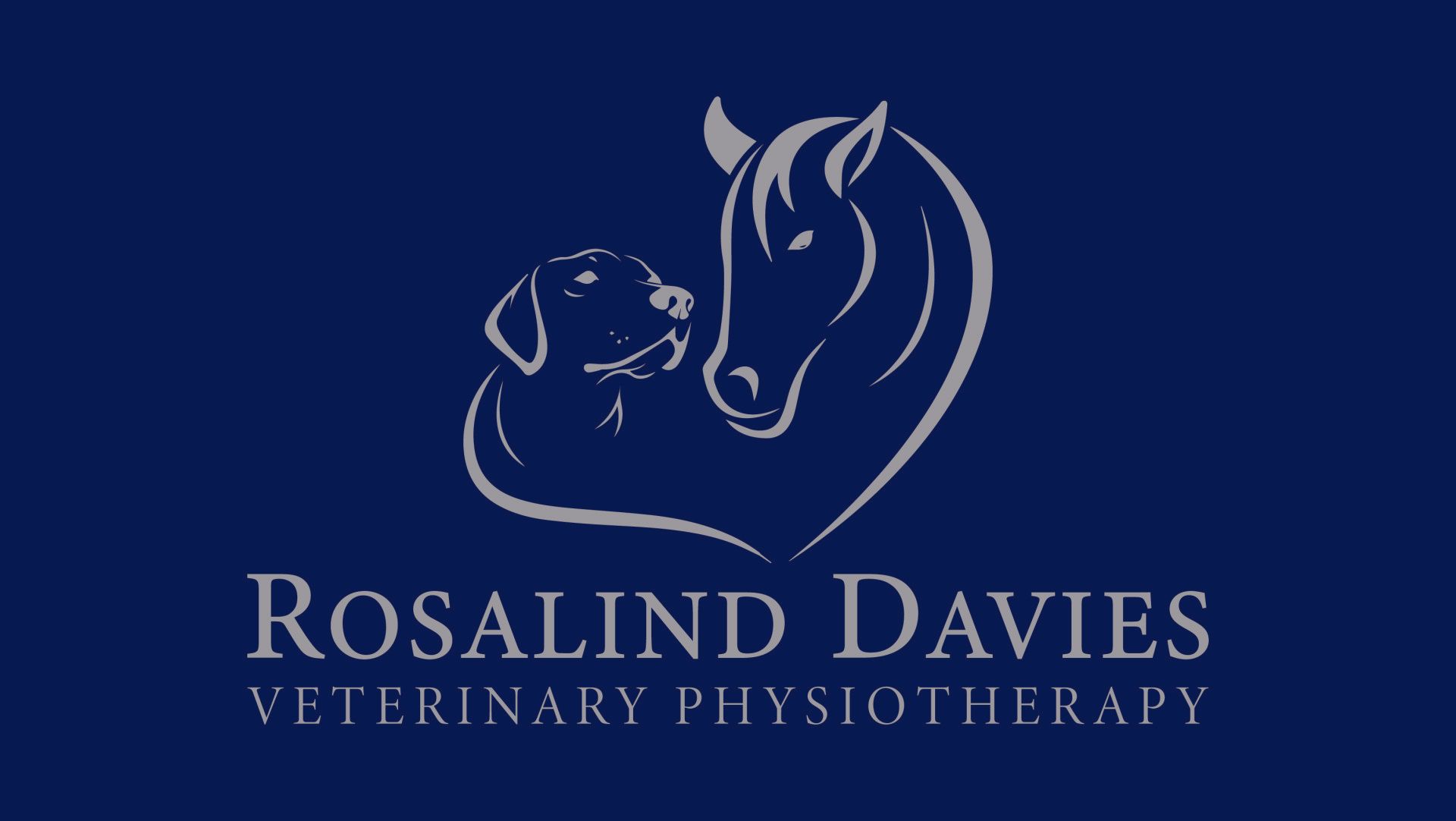Techniques used
Techniques used
Techniques used
Techniques used
Here you will find some more information on the techniques which may be used during a physiotherapy session. I will discuss what I will be using to treat your animal after the initial consultation and am happy to answer any questions you may have regarding these techniques.
Techniques
Techniques
Joint Mobilisations
Maitland mobilisations are a type of joint mobilisation that can be used on spinal and peripheral joints to
decrease pain
reduce muscle spasm
increase range of movement
Trigger Point Therapy
Effective on problems within specific muscle groups. Useful for both acute and chronic muscle injuries. It aims to decrease muscle spasm and thus increase/maintain muscle and joint mobility.
Massage
Various massage techniques can be used during acute and chronic phases of injury to the musculo-skeletal system.
Massage aims to:
Reduce muscle spasm
Increase/maintain mobility of muscles/joints
Increase proprioception
Increase sensory awareness
Promote circulation and aid lymphatic drainage
Exercises and Stretches
Passive joint movements can be used to increase/maintain muscle and joint range of movement. Stretches can be given to owners to improve flexibility. Strengthening exercises can be given to help prevent injury.
Proprioceptive taping
This is used to facilitate weak muscles or reduce activity in overactive muscles to improve gait, symmetry and function.
Therapeutic Ultrasound
Ultrasound is very effective in promoting healing in soft tissue injuries, i.e. tendon injuries, muscle tears, etc. This works at cellular level by increasing cell membrane permeability thus improving chemical exchange across the cell membrane making it work more efficiently. It assists the body’s existing healing process and is especially effective for soft tissue problems and reduction of swelling.
It stimulates tissue regeneration and promotes the synthesis and increases the tensile strength of collagen. This promotes better, stronger healing.
When used thermally it can decrease muscle spasm and increase circulation and can be very useful in reducing chronic scar tissue and adhesions.
LASER – (Light Amplification by Stimulated Emission of Radiation) (Photobiomodulation)
Laser is used over acute wounds, on soft tissue and joint problems but can also stimulate a stalled healing process in more chronic conditions. It is very useful in giving pain relief especially for chronic conditions such as arthritis.
This technique utilises light energy to stimulate the mitochondria of the cell to produce oxygen thus improving the efficiency of the cell.
Neuromuscular Stimulation
This is used as both an assessment and treatment modality. NEMS is tolerated well by dogs and horses. It will identify painful or immobile muscles and release spasm by mobilising the muscle and stimulating nutrition into the affected muscle. For wasted muscle it is proven to increase muscle bulk and can strengthen and re-educate weak or damaged muscles. It is easy to administer for the owner and is very effective as an adjunct to a controlled exercise programme.
PEMFT (Pulsed Electro Magnetic Field Therapy)
PEMFT influences cellular behaviour by inducing electrical changes around and within the cell. There are different settings to be used at different times of the inflammation process.
By increasing blood supply in this way, oxygen pressure and calcium transport are increased thus helping with cellular regeneration, the absorption of calcium in bones and improved quality of cartilage.
These units can be loaned by clients/owners following a physio consultation.
TENS (Transcutaneous Electrical Nerve Stimulation)
This is a pain relieving modality and works by stimulating the sensory nerves and has a pain gating effect at spinal cord level, stimulating the release of endorphins (the body’s natural pain killer). It is particularly effective for chronic conditions.
Roz has been giving my little cob Blue physio for a while & has completely transformed her. She’s gone from being a tight inflexible pony to one that can freely reach her own rump.
On her last visit Roz noticed a change & advised a vet trip, scans showed she was spot on with her initial thoughts of arthritis & thanks to her attention to detail & exercise routine for blue we are now 6 months on & recent scans show no further progression in the arthritis. Roz is amazing I cannot recommend her enough.
Michelle
Roz has been giving my little cob Blue physio for a while & has completely transformed her. She’s gone from being a tight inflexible pony to one that can freely reach her own rump.
On her last visit Roz noticed a change & advised a vet trip, scans showed she was spot on with her initial thoughts of arthritis & thanks to her attention to detail & exercise routine for blue we are now 6 months on & recent scans show no further progression in the arthritis. Roz is amazing I cannot recommend her enough.
Michelle
I rescued 2 feral miniature Shetland ponies, Charlie has dwarfism and Bonnie, who has been diagnosed with upward fixation of the patella in her right hind leg. My daughter introduced me to Rosalind and now, after ongoing specialist treatment both ponies are happy, healthy and thriving with ongoing treatment form Rosalind, to whom I am forever grateful. I give the highest recommendation and will always use her.
Andrea Carberry

